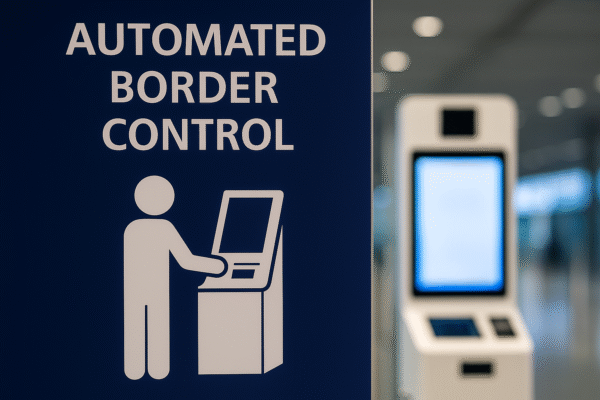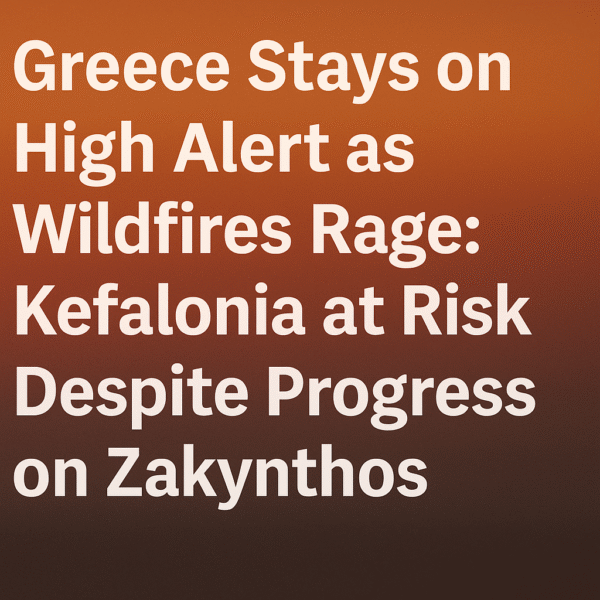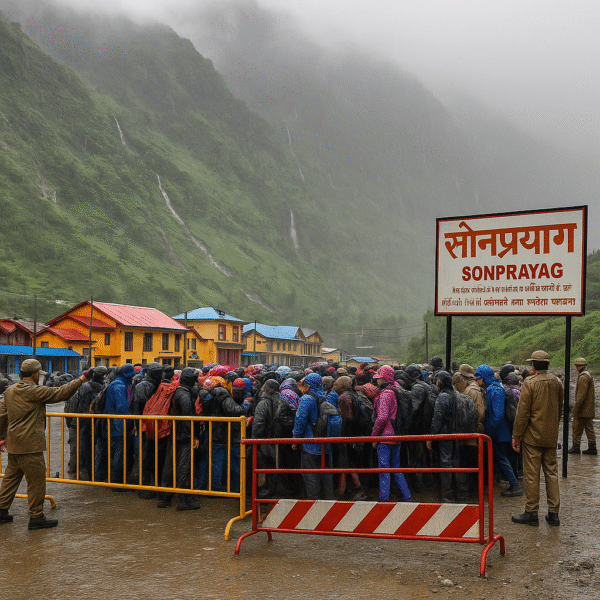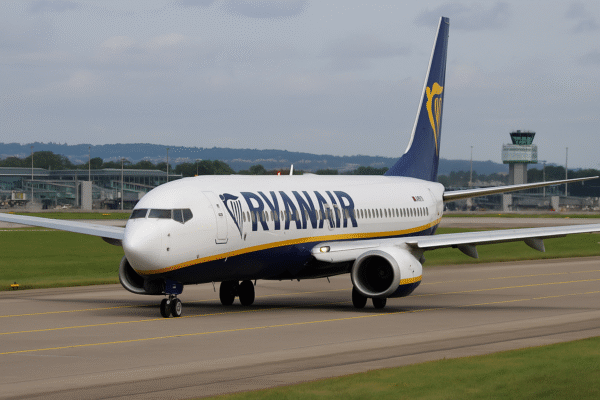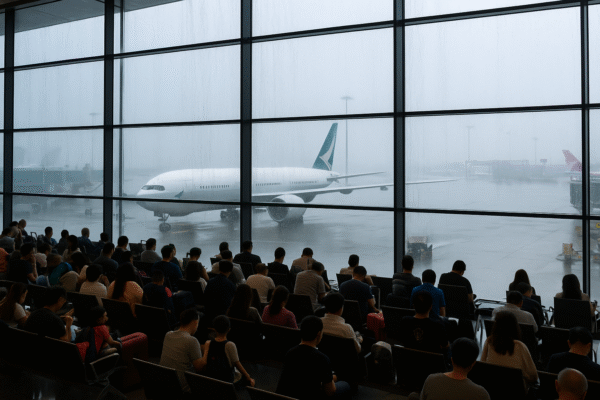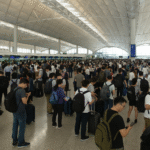Hong Kong International Airport is experiencing one of its most severe operational setbacks this year as heavy rain and flood warnings triggered on August 14, 2025, caused approximately 800 flight delays and 14 cancellations. The situation has created widespread disruption for travellers across China, Taiwan, and other key Asian destinations, with weather systems continuing to hamper recovery efforts.
Weather-Driven Chaos
According to meteorological reports, the city has been under persistent heavy rainfall, with flood alerts issued for low-lying areas. While Hong Kong’s transport infrastructure is designed to cope with storms, the scale and persistence of the rain have placed unusual pressure on both ground operations and air traffic management. Taxiways and service areas at the airport have required constant monitoring to ensure safety, further slowing the turnaround of aircraft.
Airlines Most Affected
Several major carriers operating through Hong Kong have been hit hard:
- Cathay Pacific reported 6 cancellations and 301 delays, representing over three-quarters of its scheduled flights for the day.
- Hainan Airlines saw 3 cancellations, with a 60% cancellation rate across its scheduled services.
- China Eastern Airlines faced 2 cancellations and 25 delays, affecting two-thirds of its flights.
- Hong Kong Express Airways managed to keep cancellations to one but reported 120 delays — nearly 80% of its operations.
- China Airlines had 1 cancellation and 15 delays, impacting over half its network that day.
- KLM experienced 1 cancellation but avoided delays entirely, an unusual feat under such conditions.
These statistics reflect how operational size and network density play a role in the scale of disruptions for each airline.
Origins and Destinations Hit Hardest
Flights from Beijing Capital International, Xiamen Gaoqi International, and Haikou Meilan International were among the worst affected. In Beijing, over half of outbound flights experienced delays, while Haikou saw cancellations on a quarter of its scheduled departures. Xiamen’s smaller schedule still suffered from significant knock-on effects.
On the arrivals side, major disruptions were reported for flights bound for Taiwan Taoyuan International, Shanghai Pudong International, Haikou Meilan International, and Kaohsiung International. Some destinations, such as Shanghai Pudong, saw over 80% of flights delayed, while Kaohsiung reported delays on nearly three-quarters of its arrivals from Hong Kong.
Impact on Passengers
Thousands of travellers found themselves stranded at departure halls, facing waits of several hours or more. Passengers connecting through Hong Kong — a major Asia-Pacific hub — were particularly affected, as missed onward flights led to overnight stays or rerouted itineraries through alternative hubs such as Guangzhou or Taipei.
Tourists on multi-stop itineraries, including those heading to Taiwan’s cultural festivals, Xiamen’s coastal resorts, or Beijing’s historical landmarks, faced last-minute cancellations of tours, hotel check-ins, and event reservations.
Airline lounges and airport seating areas quickly filled to capacity, while airport food outlets saw queues stretching into concourse walkways. With August being part of the regional summer holiday period, the concentration of leisure and family travel intensified the pressure.
Airport and Airline Response
Hong Kong International Airport activated its weather contingency plan, which includes priority boarding for flights with narrow operational windows, deployment of additional ground staff for passenger assistance, and close coordination with air traffic control to optimise departure slots when weather gaps allow.
Airlines offered the following to affected passengers:
- Rebooking on later flights without additional fees.
- Full refunds for cancelled services.
- Accommodation and meal vouchers for those stranded overnight.
Despite these measures, seat availability remains tight due to the peak travel season.
Advice for Travellers
Travel experts recommend the following for those with upcoming flights to or from Hong Kong during unsettled weather:
- Check flight status regularly through official airline channels.
- Allow extra time for airport check-in and security clearance.
- Consider travel insurance that covers weather-related delays and cancellations.
- Stay flexible with itineraries to accommodate possible changes.
- Pack essentials in carry-on in case of overnight stays at the airport.
Tourism and Economic Implications
Hong Kong’s tourism board has acknowledged the potential short-term impact on visitor numbers if weather conditions persist. Popular visitor draws such as Victoria Peak, Stanley Market, and Lantau Island have also been affected by heavy rain, prompting some operators to modify or suspend tours for safety reasons.
In mainland China and Taiwan, similar weather warnings have been issued in coastal regions, which could further prolong disruption to cross-strait travel. This incident underscores the interconnected nature of East Asia’s aviation network, where a single hub’s slowdown can ripple across multiple countries and regions.
Looking Ahead
Meteorological forecasts suggest continued unsettled conditions over the next 48 hours, though flood risk levels may ease by the weekend. Airport authorities have indicated that full operational recovery could take several days even after weather conditions improve, given the backlog of displaced flights and passengers.
For now, patience and preparation remain the watchwords for travellers. While Hong Kong International Airport and its partner airlines are making every effort to restore normal operations, the combination of heavy rain, flood management, and peak travel demand means the disruption is likely to linger.
For more travel news like this, keep reading Global Travel Wire

